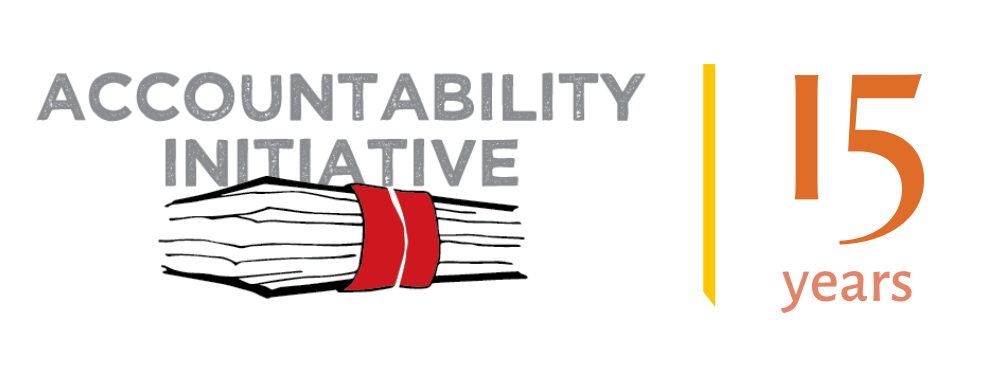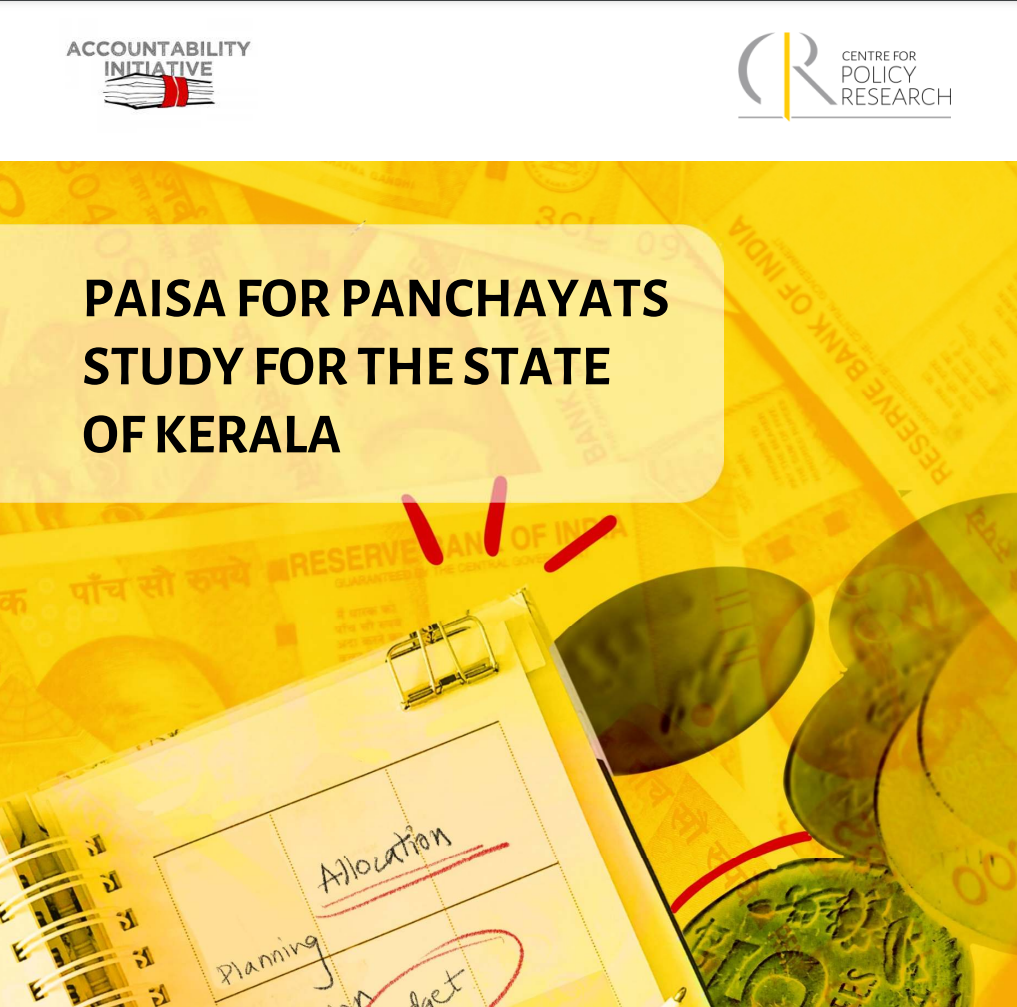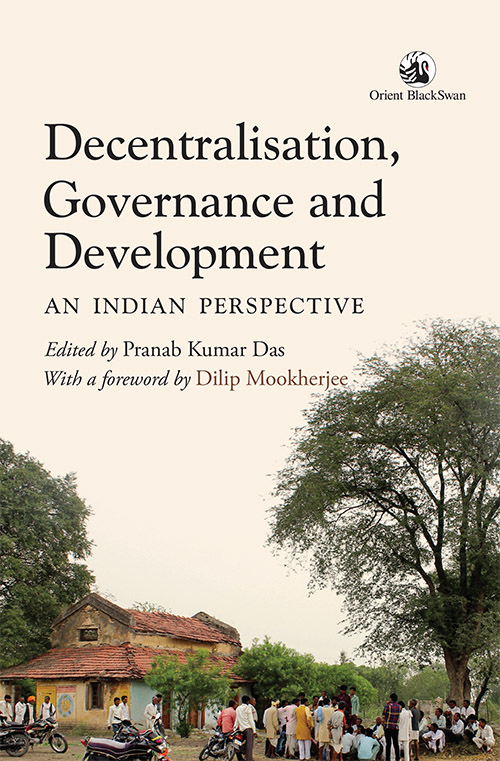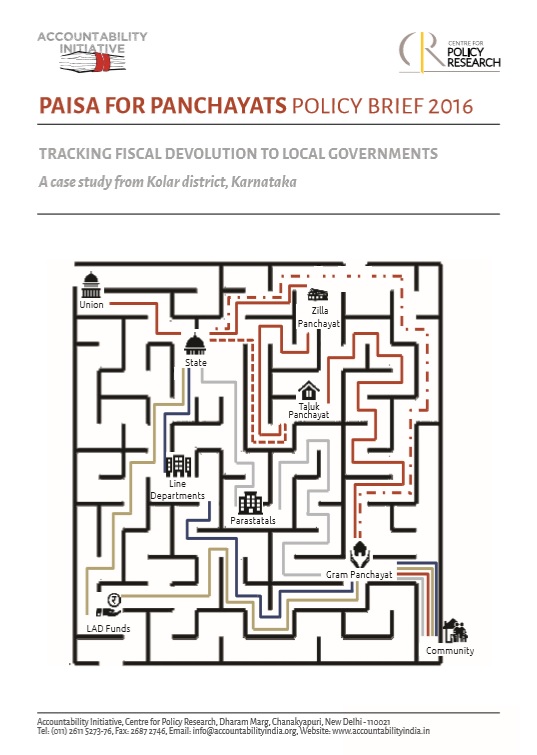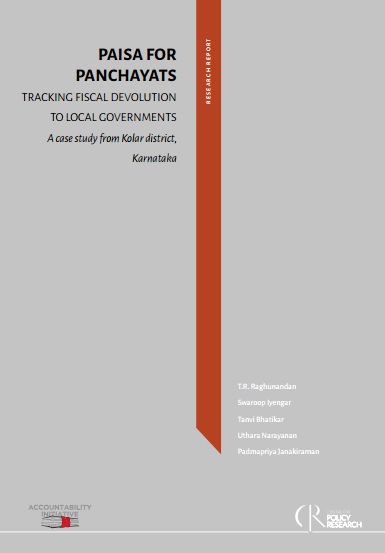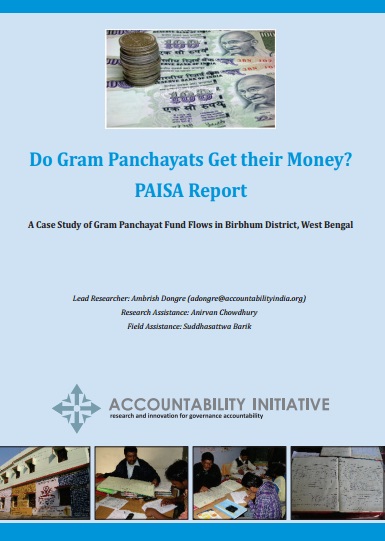The PAISA for Panchayats research project extends Accountability Initiative’s PAISA methodology to track fund flows and implementations processes at the Panchayat level. This study attempts to bridge this gap in measuring the extent of fiscal decentralisation by:
- Tracing the state’s commitment to devolution by analysing a time trend of intergovernmental transfers from the state and union government to the LGs;
- Quantifying the extent of untied funds in the resource pool of funds available to the LGs;
- Ascertaining whether functional transfers to PRIs have been accompanied with appropriate fiscal transfers, and consequently assess the extent of overlaps in functional responsibilities between PRIs and other implementing agencies at the local level.
